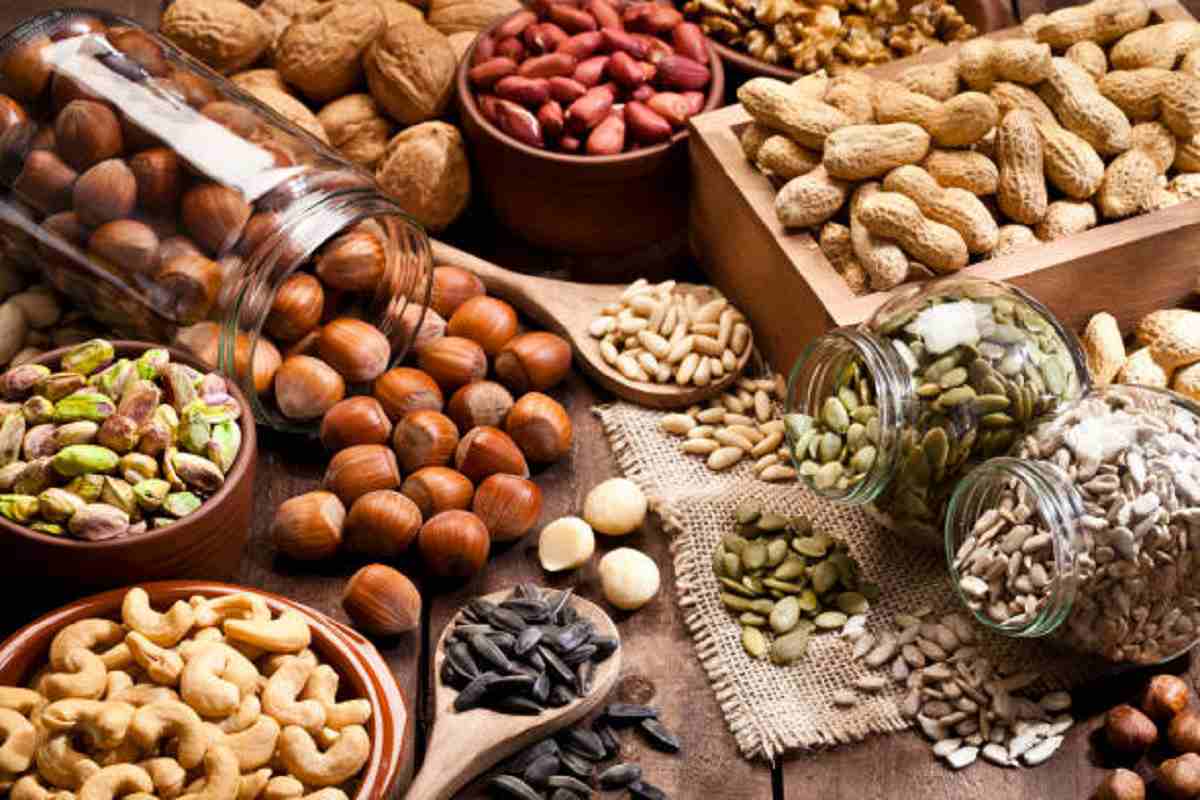Gardening isn’t just about growing plants; it’s a dance with natural rhythms and a pact with the future. Seed collection, often an overlooked step in the gardening cycle, is a crucial practice that not only ensures rich harvests. It even also reinforces the sustainability of our green spaces.
This comprehensive guide unravels the complexities and the joys of seed collection. We’ll reveal its profound impact on the environment, our well-being, and the continuity of the green world.
Read on to discover more!
Table of contents
Preservation of Biodiversity
Seed collection ensures that plant species are not lost forever due to human intervention or natural disasters. Through seed collection, we can safeguard the genetic material of plants and restore ecosystems in case of a disturbance.
Moreover, we can preserve peculiar traits that may be lost when only popular varieties are grown. This can be made possible by saving seeds from different regions.
This leads to the conservation of a diverse gene pool. Thus, allows plants to continue adapting to changing environmental conditions.
From the garlic seed you collect or when you buy garlic bulbs, to pollen collection in agribusiness — every tiny part of a plant plays a role in preserving its genetic material. By doing so, we can contribute to the preservation of diverse and resilient ecosystems.
Adaptation to Climate Change
As the climate changes, plants need to adapt to changing conditions. Seed collection allows us to keep track of these adaptations.
It encourages us to save plants and seeds that exhibit desirable traits — this means drought or heat tolerance. By growing these seeds, we can help create a more resilient green world.
Moreover, seed collection also helps preserve plant species. Such species are mostly the ones at risk of extinction due to climate change. Through growing and propagating these seeds, we can help increase their population and ensure their survival.
Cost-Effectiveness
Saving seeds is not only beneficial for the environment. It can even be beneficial to our wallets. Buying seeds from seed companies every year can be expensive. This is especially true if you have a large garden or farm. But, by collecting and saving your own seeds, you can save money in the long run.
Moreover, by sharing saved seeds with friends and family, we can promote community gardening. We can even further make gardening more accessible to everyone. This can be made possible regardless of their financial status.
Different types of seed swaps and seed libraries have also become popular. This helps by promoting the cost-effectiveness of seed collection.
Cultural Heritage Preservation
Seed collection also has a significant impact on preserving cultural heritage. Many indigenous and traditional communities have been saving and exchanging seeds for generations, passing down their knowledge and practices to future generations.
By engaging in seed collection, we can not only preserve diverse plant species but also the stories, traditions, and cultural values associated with them. This helps maintain our connection to nature and promotes respect for different cultures.
Appreciate the Importance of Seed Collection
Seed collection is a crucial practice that goes beyond just ensuring a bountiful harvest. By engaging in seed collection, we can make a positive impact on our environment and communities while also deepening our connection with nature.
So let’s appreciate its importance and continue to dance with the natural rhythms of our green world. Keep collecting, saving, and sharing seeds for a brighter and more sustainable future. If you want to read more, visit our blog.







